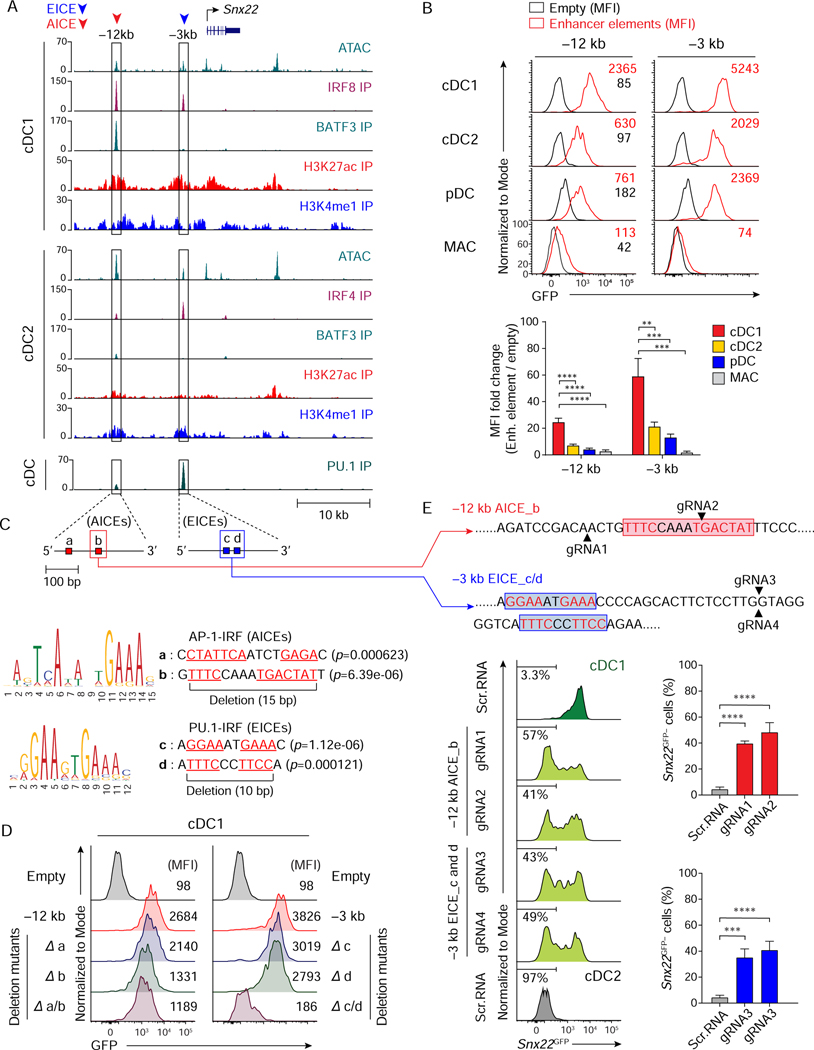Figure 7. Snx22 expression relies on IRF8 control of both EICE- and AICE-dependent enhancers.
(A) ATAC-seq and ChIP-seq tracks display open chromatin areas and bindings of IRF8, BATF3, IRF4, H3K27ac, H3K4me1, or PU.1 around Snx22 locus. Boxed areas at –12 kb and –3 kb from Snx22 TSS indicate regions assessed for enhancer activity. (B) Flow cytometric analysis showing GFP-reporter activities in cDC1, cDC2, pDCs, or BM-derived macrophages (MAC) transduced with empty retrovirus (black) or retroviruses expressing each enhancer element. A bar graph below shows averages of MFI fold changes (MFI of enhancer element/MFI of empty) ± SD (n = 4). (C) FIMO analysis depicting p-values of two predicted AICEs (red boxes, a and b) in mouse Snx22 chr9: 66,082,049–66,082,328 (–12 kb from Snx22 TSS) (top), or two predicted EICEs (blue boxes, c and d) in Snx22 chr9: 66,072,841–66,073,121 (–3 kb from Snx22 TSS) (bottom). (D) Flow cytometric analysis showing GFP-reporter activities in cDC1 expressing Snx22 –12 kb, Snx22 –3 kb, or their mutants with internal deletion of the AICEs (red boxes a and/or b in 5C) or EICEs (blue boxes c and/or d in 5C). Data shown is one of three similar experiments. (E) Flow cytometric analysis showing Snx22GFP expression in cDC1 (green and light green) and cDC2 (grey) differentiated from Snx22GFP/+ Rosa26Cas9-GFP/+ CD117hi BM progenitors expressing scramble RNA or sgRNA(s) targeting Snx22 –12 kb AICE_b or Snx22 –3 kb EICE_c and d as depicted above the single-color histograms and in 7C. Targeting sites for AICE_b (by gRNA1 or gRNA2) or EICE_c and d (by gRNA3 and gRNA4) are indicated with black arrowheads. Numbers in the histograms indicate the percentage of Snx22GFP-negative (Snx22GFP−) cells. The average percentages of Snx22GFP− cells ± SD (n = 3) are shown in the bar graphs on the right. ** P < 0.01, *** P < 0.001, **** P < 0.0001 (Student’s t-test). See also Figure S6.

